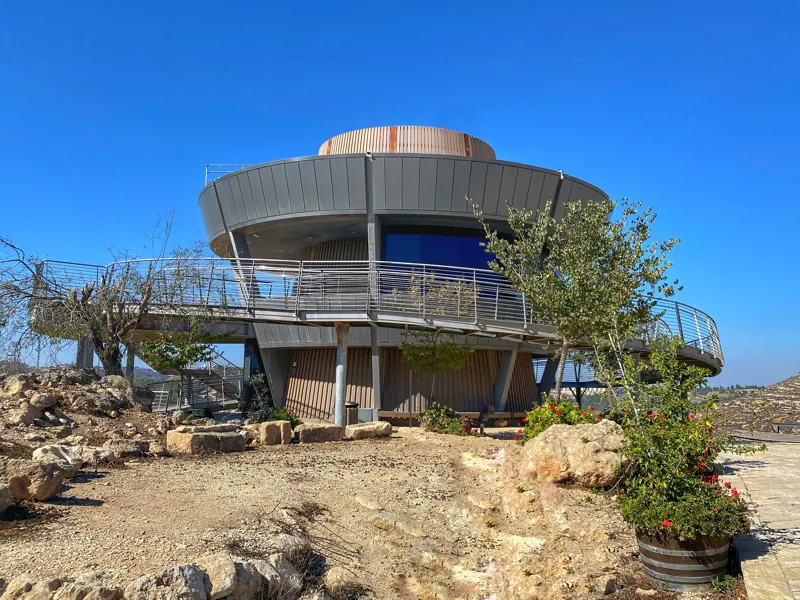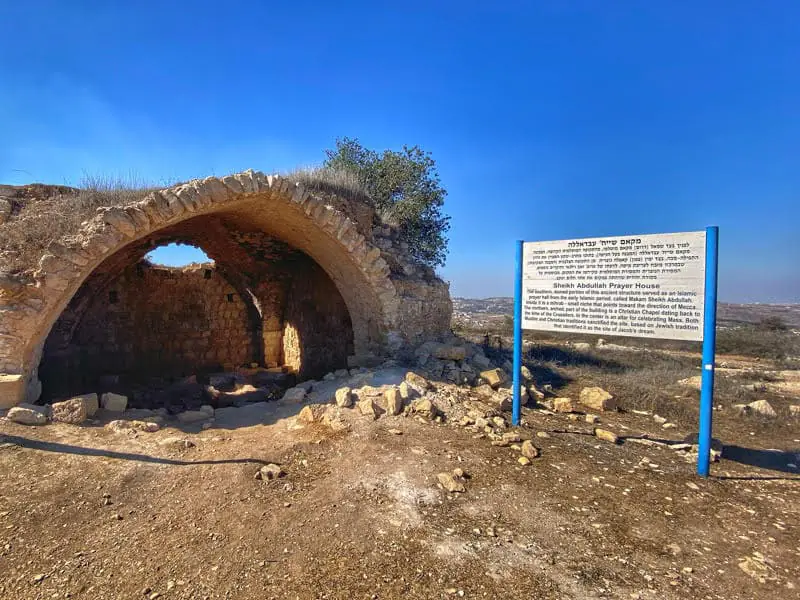Private Tour to Shiloh and Bethel
Nestling in the pastoral Samaria mountains, Shiloh and Bethel were both religious centers of the Israelites. Today these sites bear fantastic archaeological finds that attest well to the biblical accounts.
Nestling in the pastoral Samaria mountains, Shiloh and Bethel were both religious centers of the Israelites. Today these sites bear fantastic archaeological finds that attest well to the biblical accounts.
 Shiloh was a religious center of the Israelites in the pre-monarchical period. According to the bible the ark was kept in Shiloh, in the tabernacle, for several centuries. Later, in the Byzantine period several churches were built at the site, one of which was turned into a mosque. Today, Tel Shiloh bears rich archaeological finds and an innovative visitor center. Its top floor offers an audio-visual presentation, and panoramic views of the site and its surroundings.
Shiloh was a religious center of the Israelites in the pre-monarchical period. According to the bible the ark was kept in Shiloh, in the tabernacle, for several centuries. Later, in the Byzantine period several churches were built at the site, one of which was turned into a mosque. Today, Tel Shiloh bears rich archaeological finds and an innovative visitor center. Its top floor offers an audio-visual presentation, and panoramic views of the site and its surroundings.
 At the northern edge of modern Bethel is one of the highest summits in the region. The water reservoir at its top provides one of the best vistas in all of Israel. The coast, the Jordan valley, the Moab mountains and even mount Hermon can all be seen from this viewpoint. By local tradition north of the tower is the site of Jacob’s dream (Genesis 27), Deborah’s burial (Genesis 35:5), and Jeroboam’s Temple (1 kings 12:28-29). While most scholars identify biblical Bethel at Beitin, 2 miles to the south, this site bears certain finds that can be attributed to the biblical narrative.
At the northern edge of modern Bethel is one of the highest summits in the region. The water reservoir at its top provides one of the best vistas in all of Israel. The coast, the Jordan valley, the Moab mountains and even mount Hermon can all be seen from this viewpoint. By local tradition north of the tower is the site of Jacob’s dream (Genesis 27), Deborah’s burial (Genesis 35:5), and Jeroboam’s Temple (1 kings 12:28-29). While most scholars identify biblical Bethel at Beitin, 2 miles to the south, this site bears certain finds that can be attributed to the biblical narrative.
If you are an oenophile you will find some great wineries in this region as well. Being 850 meters above Sea Level, the vineyards of Samaria provide some of the best wines in all of Israel. Tura winery or Psagot winery are a great place to end a day tour of this region, leaving a taste for more!
The Bible records the ark taken from Shiloh during the 11th century BCE and later lost. This led to death of Shiloh’s high priest, and the tabernacle relocated to Nov. Shiloh is never mentioned again in the Bible as an inhabited site. Excavations at Shiloh uncovered evidence of the site’s destruction in the mid 11th century BCE. It is a significant match to biblical narrative documented in the book of Samuel.